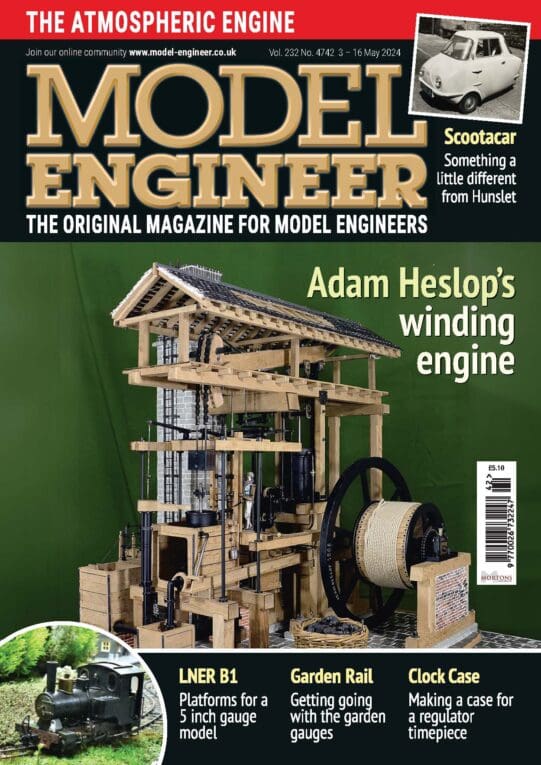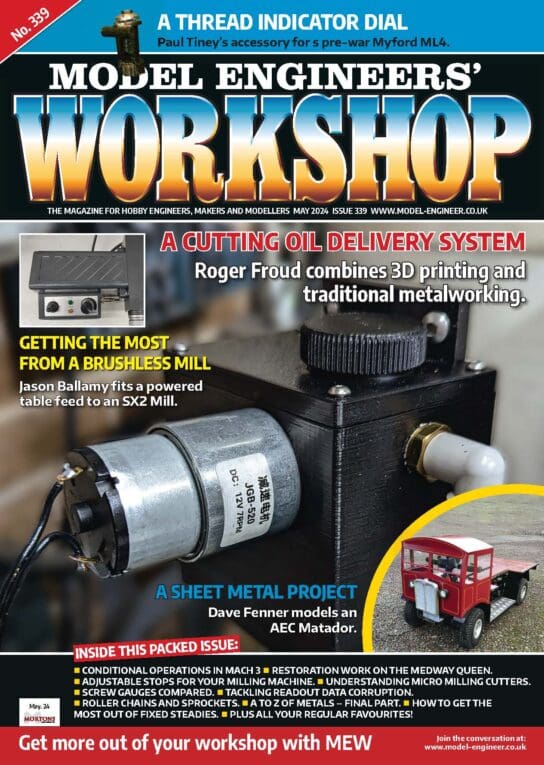Piston Clearance
Piston Clearance
- This topic has 8 replies, 6 voices, and was last updated 8 February 2024 at 20:05 by
Howard Lewis.
Viewing 9 posts - 1 through 9 (of 9 total)
Viewing 9 posts - 1 through 9 (of 9 total)
- Please log in to reply to this topic. Registering is free and easy using the links on the menu at the top of this page.
Latest Replies
Viewing 25 topics - 1 through 25 (of 25 total)
-
- Topic
- Voices
- Last Post
-
- SCAM! 1 2 3
- 21
- 2 May 2024 at 10:28
Viewing 25 topics - 1 through 25 (of 25 total)




